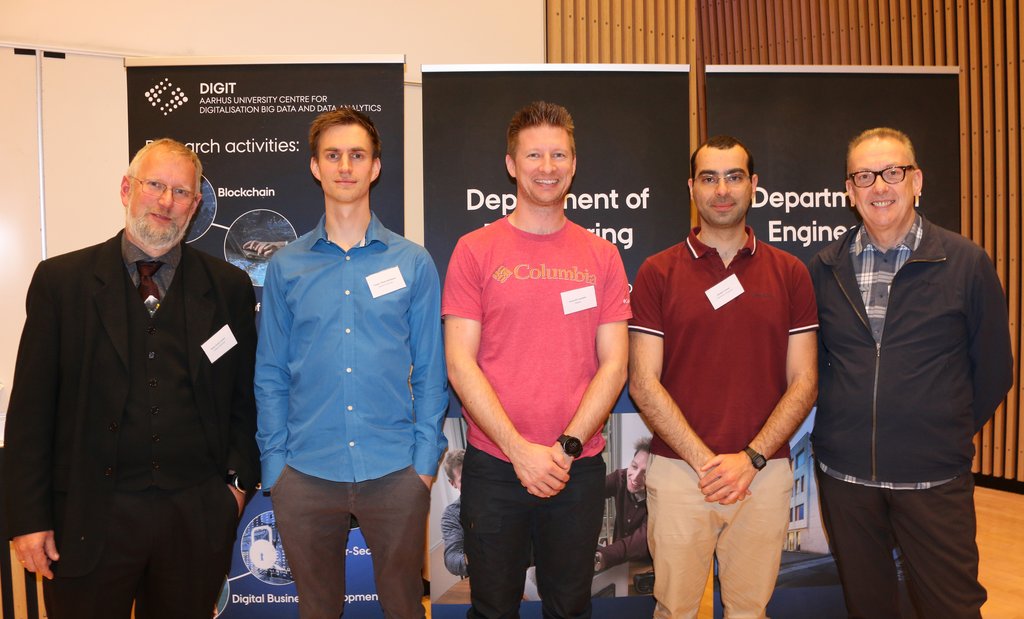The Digital Twins for Cyber-Physical Systems (DiT4CPS) project is supported by the Poul Due Jensen Foundation with a personal grant to Professor Peter Gorm Larsen at 12MDKK. The project started April 2019 and it will last until the end of 2024. This is a basic research project purely conducted by the Department of Engineering (later the Department of Electrical and Computer Engineering) at Aarhus University led by the principal investigator Peter Gorm Larsen.
Rather than attempting to build inductive models using machine learning, this research attempts to leverage the engineering multi-models constructed during the development process of the system to build a digital twin.
The aim is to increase our understanding of
We also want to be able to characterise when and how to employ a digital twin, and which kind of faults that can be diagnosed from the engineering multi-models most commonly used in practice.
The DiT4CPS project has seven overall tasks:
Three industrial sized cases will be used to test the limits of the research.

Rather than attempting to build inductive models, our research attempts to leverage the engineering multi-models constructed during the development process of the system to build a digital twin.
We also wanted to be able to characterise when and how to employ a digital twin, and which kind of faults that can be diagnosed from the engineering multi-models most commonly used in practice.
Highlights from the opening of the center